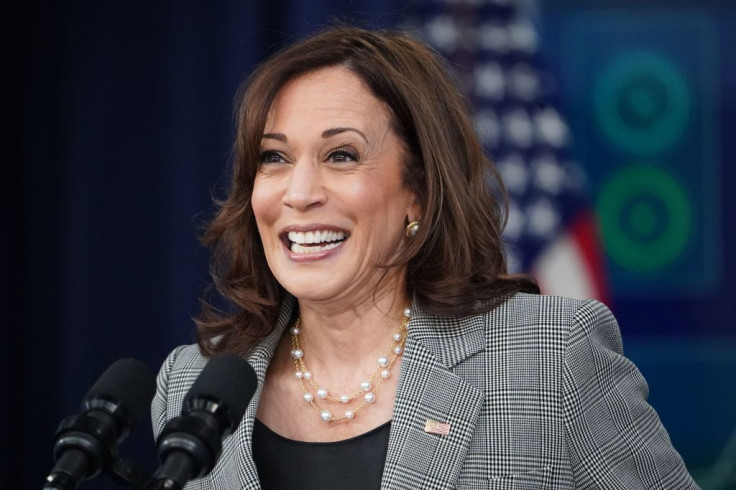
Vice President Kamala Harris became the presumptive Democratic nominee less than a week after President Biden formally announced he would drop out of the presidential race. Now, as the contest between Harris and former president Trump becomes a reality, a new poll shows that gap between the two is almost nonexistent.
The survey, a New York Times/Siena College poll of over 1100 registered voters nationwide between July 22-24, was carried out immediately following Biden's historic announcement. The survey was conducted in English and Spanish on cellular and landline telephones.
At the time of the survey, the poll showed Democrats mostly rallying behind Harris as the presumptive nominee, with only 14% saying they would prefer another option. An overwhelming majority (70%) of Democratic voters said they wanted the party to speedily consolidate behind her rather than engage in a more competitive and drawn-out process.
Overall, in a likely head-to-head match, Trump still leads Harris 48% to 47%. That is an improvement for Democrats, as Biden trailed behind the former president by about six percentage points in early July during the aftermath of the debate (49% to 43%).
When it comes to Latinos, a significant amount of Democrats, moderates and young voters in the group also seemed to largely switch back and support Harris, an issue the Biden campaign was running into.
Including leaners, 60% of Hispanic respondents said they would vote for Harris if the presidential election were held today, compared to 36% who said they would do the same for Trump.
The figures represent a large bounce back to the Democrats from the demographic, which had been shifting toward Trump and Republicans over the past months. In fact, the last such poll before Biden dropped out had 41% supporting the Democratic candidate, while half of Latino respondents saying they would back Trump.
Other areas of the poll showed that 41% of White people said they would vote for Harris and 55% said they would vote for Trump, while 72% of Black voters said they would vote for the Vice President, compared to 19% who backed Trump.
Similarly, among voters under 45 years old, Harris was ahead by 10 percentage points, less than three weeks after Trump had held a narrow edge with that group over Biden, the study explains.
In favorability rates, a majority of Hispanics (66%) held a very or somewhat favorable view of the now presumptive Democratic nominee. By comparison, only 36% of Hispanics had a very or somewhat favorable view of Trump, the official GOP nominee.
Aside from key demographics, candidates will also need to also win over certain battleground states. Because the study was held with voters nationwide, the impact of Harris' candidacy in particular states was not immediately clear.
But The New York Times argues that a Democratic candidate with greater appeal to younger and more diverse voters could put renewed focus on the Sun Belt states of Nevada, Arizona and Georgia, which had been threatening to slip off the swing-state map for Biden.
Vice President Harris is expected to formally clinch her party's nomination next month during the Democratic National Convention in Chicago. While initially talks of other candidates shortly emerged, Harris has reportedly not only gained support from the public, but also from enough delegates to rise up to the ticket in November.
"It would be a larger setback for the Democrats if they try to find someone else to try to fill in," Michael Newman, a 59-year-old contractor in Arlington, Texas, who is supporting Harris, told The New York Times. "She has a pretty good insight on the goals that Biden was working on."
© 2025 Latin Times. All rights reserved. Do not reproduce without permission.






